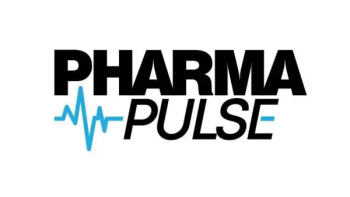
- Pharmaceutical Commerce - January/February 2010
The world's most expensive drug: Alexion Pharmaceutical's Soliris, at $409,500 per year
Forbes magazine survey finds top nine drugs, all costing >$200,000 annually
Alexion Pharmaceuticals (Cheshire, CT), on the market for two years with Soliris (eculizumab), gets the prize—if that’s the right term—for the world’s most expensive drug, according to market and analysts’ data gathered by the
The Top Nine, according to Forbes:
- Soliris (eculizumab), for PNH, annual cost: $409,500. Manufacturer: Alexion Pharmaceuticals
- Elaprase (idursulfase), for Hunter syndrome, annual cost: $375,000. Manufacturer: Shire Pharmaceuticals
- Naglazyme (galsulfase), for Maroteaux-Lamy syndrome (mucopolysccharidosis IV), annual cost: $365,000. Manufacturer: BioMarin Pharmaceutical
- Cinryze (C1 esterase inhibitor), for hereditary angiodema, annual cost: $350,000. Manufacturer: ViroPharma
- Myozyme (alglucosidase alpha), for Pompe disease, annual cost: $300,000. Manufacturer: Genyzme
- Arcalyst (rilonacept), for cryopyrin-associated periodic syndromes, annual cost: $250,000. Manufacturer: Regeneron
- Fabrazyme (agalsidase beta), for Fabry disease, annual cost: $200,000. Manufacturer: Genzyme
- Cerezyme (imiglucerase), for Gaucher disease, annual cost: $200,000. Manufacturer: Genzyme
- Aldurazyme (laronidase), for Hurler syndrome (mucopolysaccharidosis I), annual cost: $200,000. Manufacturer: Genzyme, BioMarin Pharmaceutical.
There are several interesting aspects to this list. Except for Shire, all the companies are US-based. Most of the products are biotech (although it’s worth noting that Cinryze is derived from human plasma), and most treat genetic disorders which, if found during infancy, imply a lifetime of treatment. All of the drugs qualify as “orphan” and most are “
“The success of specialty drugs for rare diseases comes at a time when the traditional business of selling medicines to the masses is in decline,” opines the Forbes writer, who goes on to quote a Wall Street analyst as saying that these drugs are “the future of the biotechnology industry.”
Articles in this issue
almost 16 years ago
Medication adherence could get an EHR boostalmost 16 years ago
Improving Outcomes Research Protocolsalmost 16 years ago
Brand Protection Technology Takes a Patient-Communication Turnalmost 16 years ago
OPINION: Will Class-Wide REMS Programs Delay New Opioid Approvals?almost 16 years ago
Bill Gates: 'Vaccines Are A Miracle'almost 16 years ago
Coming Togetheralmost 16 years ago
Agenda Set for Spring HPCLC Meetingalmost 16 years ago
Model N extends revenue management process with contract-authoring toolsNewsletter
Stay ahead in the life sciences industry with Pharmaceutical Commerce, the latest news, trends, and strategies in drug distribution, commercialization, and market access.




